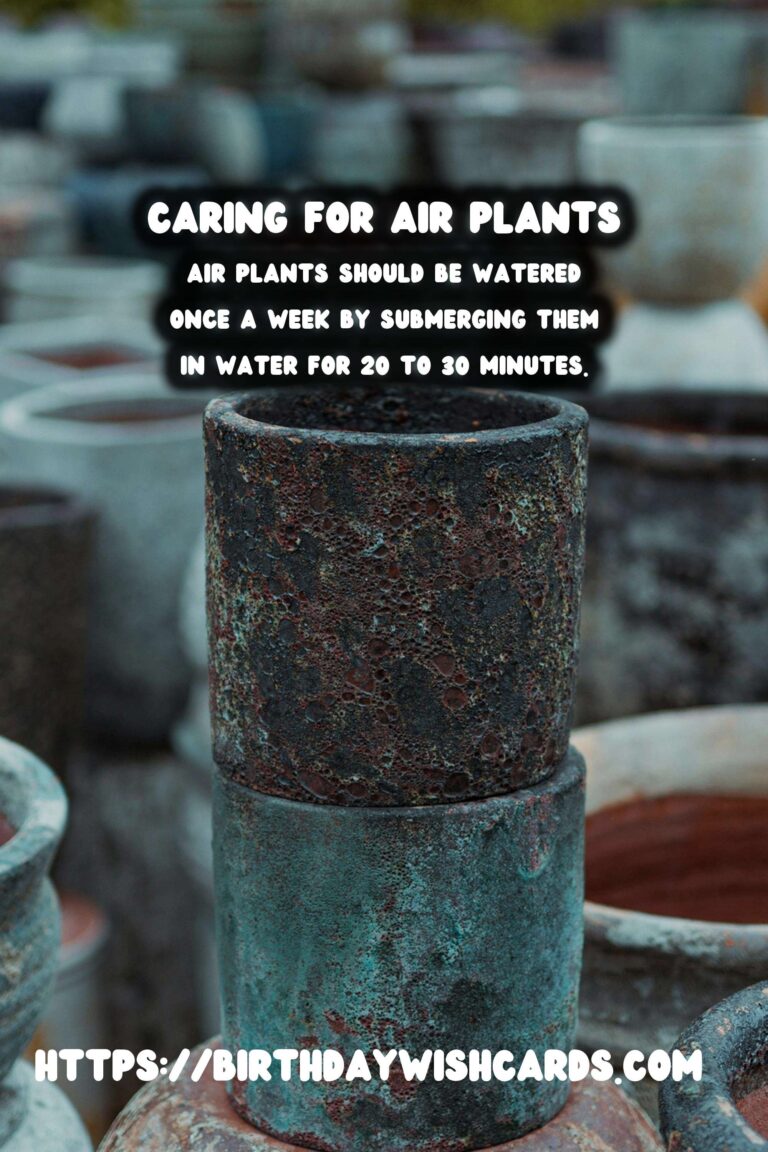
Air plants, scientifically known as Tillandsia, are fascinating and unique plants that have captured the attention of many plant enthusiasts. Unlike most other plants, air plants do not require soil to thrive. Instead, they absorb moisture and nutrients through their leaves from the air around them. This unique characteristic makes them an excellent choice for indoor gardening, especially for those with limited space or a desire for low-maintenance greenery.
Understanding Air Plants
Air plants belong to the Bromeliad family, which includes a wide variety of species, each with its own unique appearance. They are native to the forests, mountains, and deserts of Central and South America. Air plants have adapted to thrive in these diverse environments by developing trichomes, which are tiny hair-like structures on their leaves that help them capture moisture and nutrients from the air.
Light Requirements
Air plants require bright, indirect light to thrive. Direct sunlight can be too harsh and may cause the plants to dry out or become damaged. A well-lit room with filtered sunlight, such as near a north or east-facing window, is ideal. If natural light is insufficient, fluorescent or LED grow lights can be used to supplement the light needs of your air plants.
Watering Air Plants
Watering air plants is one of the most crucial aspects of their care. Since they do not grow in soil, they rely entirely on the moisture in the air. In general, air plants should be watered once a week. However, in drier climates, you may need to water them more frequently. To water air plants, submerge them in room-temperature water for 20 to 30 minutes. After soaking, shake off any excess water and allow them to dry completely before placing them back in their display or container. Ensure that they dry within 4 hours to prevent rot.
Humidity and Air Circulation
Air plants thrive in environments with moderate to high humidity levels. If you live in a dry climate, you might need to mist your air plants regularly in addition to soaking them weekly. Good air circulation is also essential for air plants as it helps prevent moisture from sitting on the leaves, which can lead to rot.
Feeding Air Plants
While air plants can survive with minimal nutrients, feeding them once a month can promote healthier growth and encourage blooming. Use a water-soluble fertilizer specifically formulated for air plants or bromeliads. Dilute the fertilizer to half the recommended strength and add it to the soaking water.
Displaying Air Plants
One of the most appealing aspects of air plants is their versatility in display options. They can be placed in glass terrariums, mounted on driftwood, or even hung in the air. When choosing a display method, ensure that there is adequate air circulation and that the plants are not in direct contact with water. Avoid using copper materials for display, as copper can be toxic to air plants.
Common Problems and Solutions
Despite their hardiness, air plants can face certain issues. Common problems include browning tips, which indicate dehydration, and leaf rot, which results from overwatering. To address dehydration, increase the frequency of watering or misting. For leaf rot, ensure the plants dry completely after watering and improve air circulation around them.
Conclusion
Caring for air plants without soil is both rewarding and straightforward. By providing the right amount of light, water, and nutrients, and ensuring proper air circulation, you can enjoy these unique plants in your home for years to come. With their intriguing appearance and minimal care requirements, air plants are an excellent addition to any indoor garden.
Air plants do not require soil to thrive and absorb moisture and nutrients through their leaves. Air plants should be watered once a week by submerging them in water for 20 to 30 minutes. Bright, indirect light is ideal for air plants, and they should be kept away from direct sunlight. Moderate to high humidity levels and good air circulation are essential for healthy air plants. Feeding air plants once a month with a diluted water-soluble fertilizer can promote growth and blooming. 

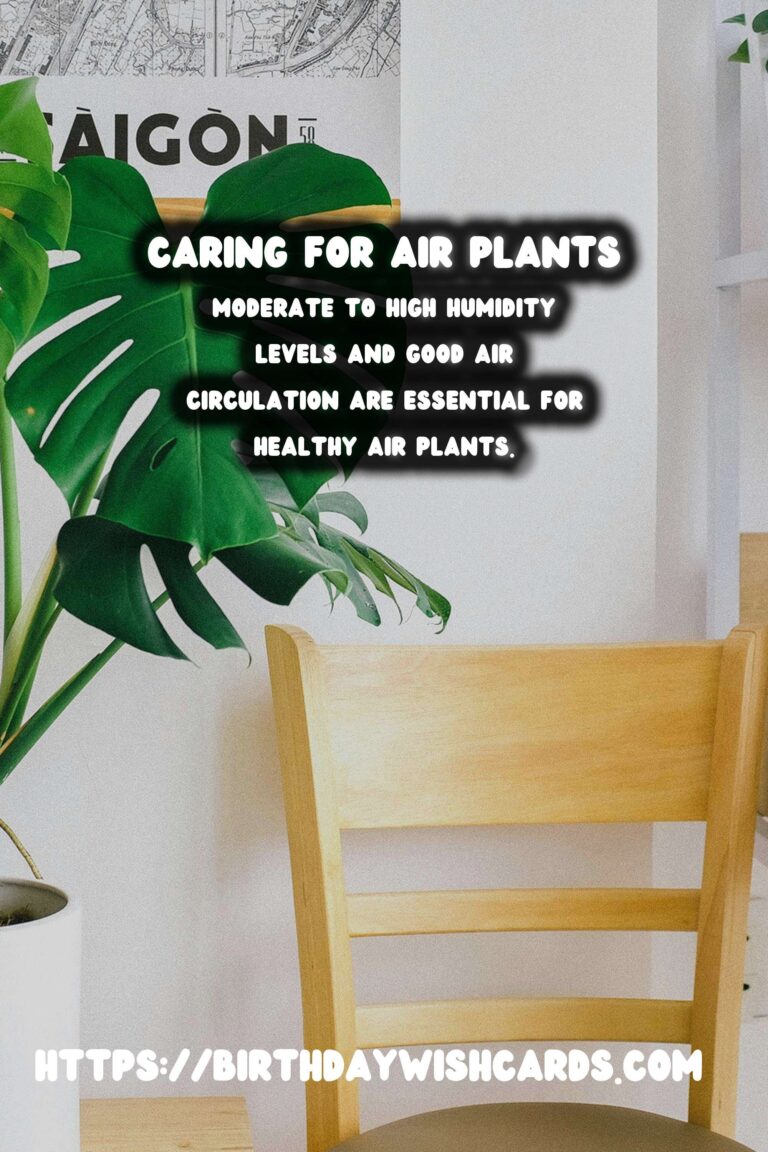
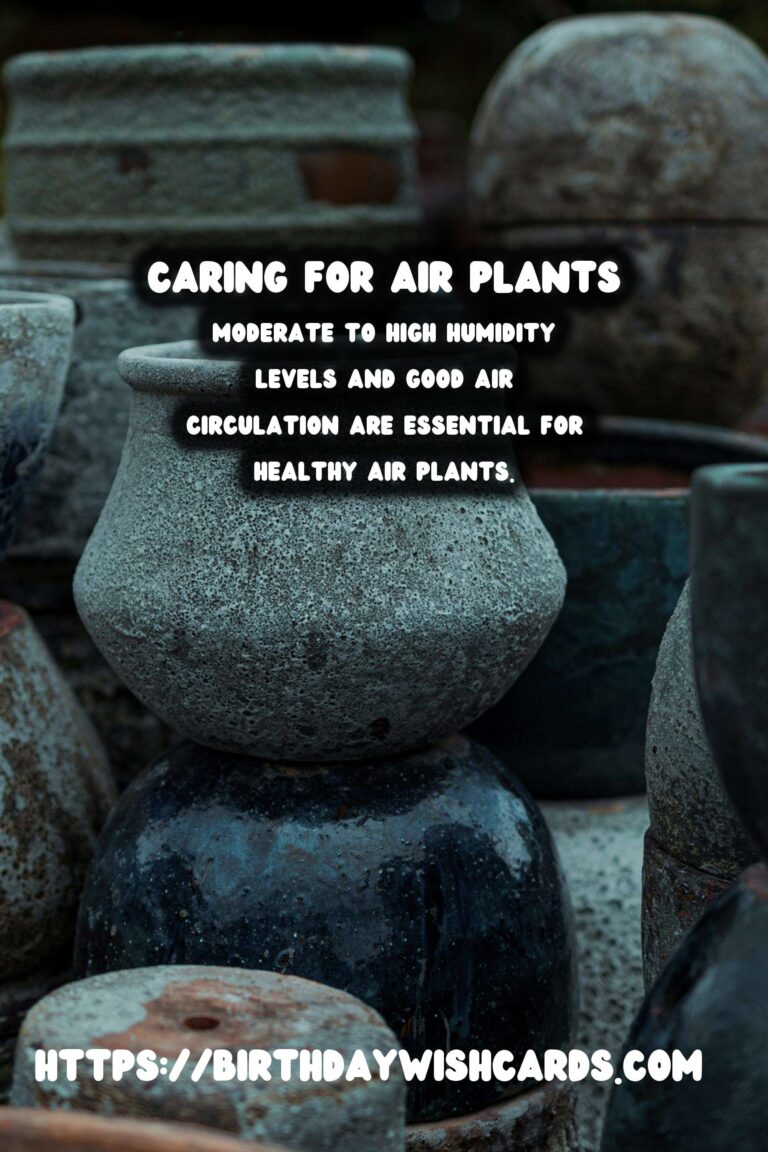
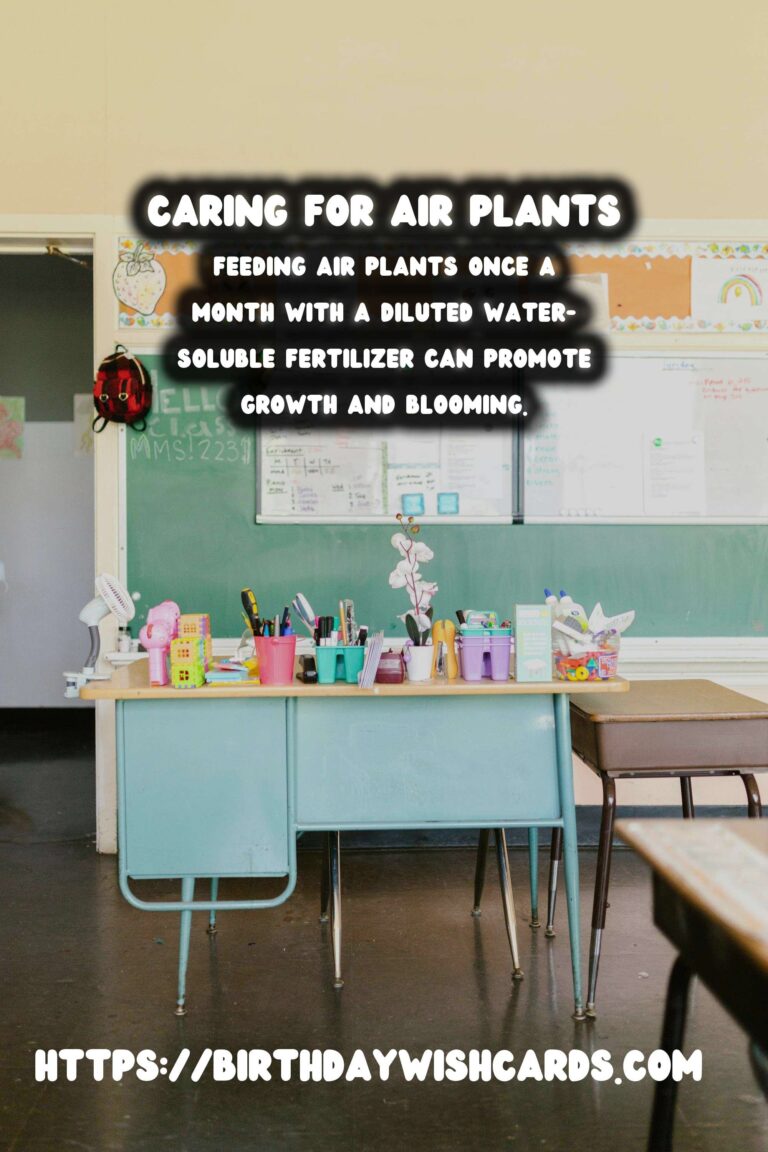
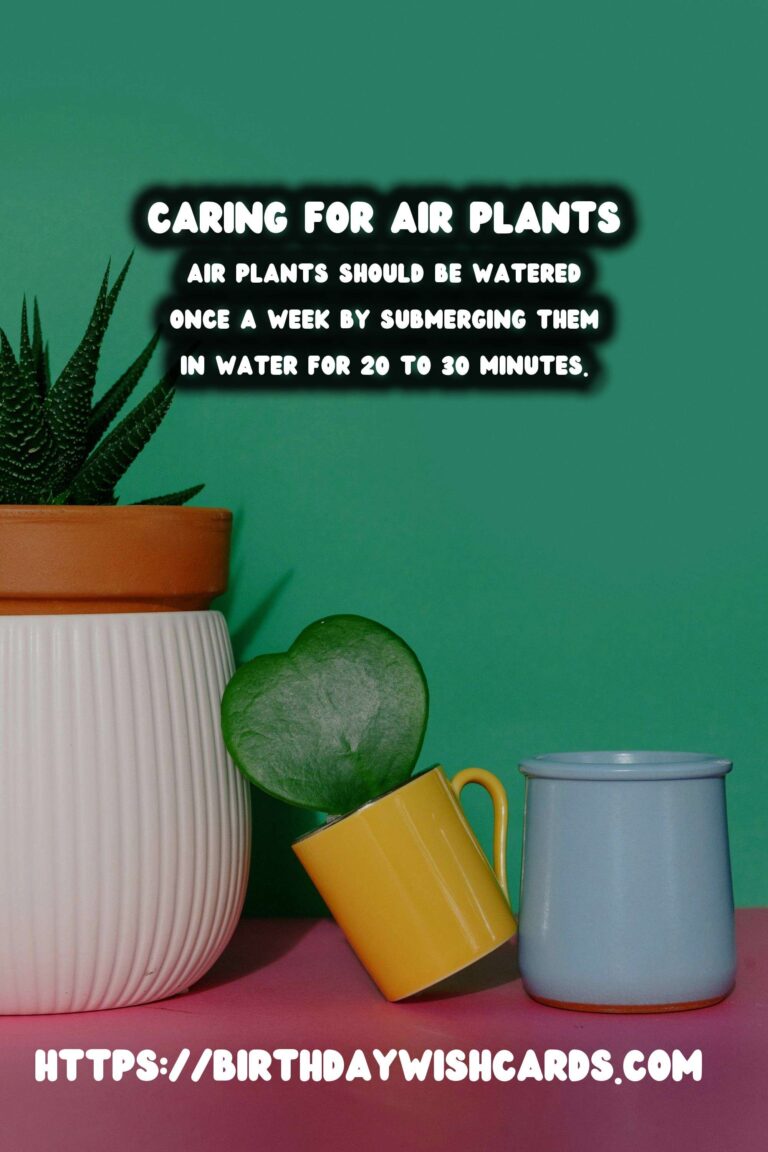
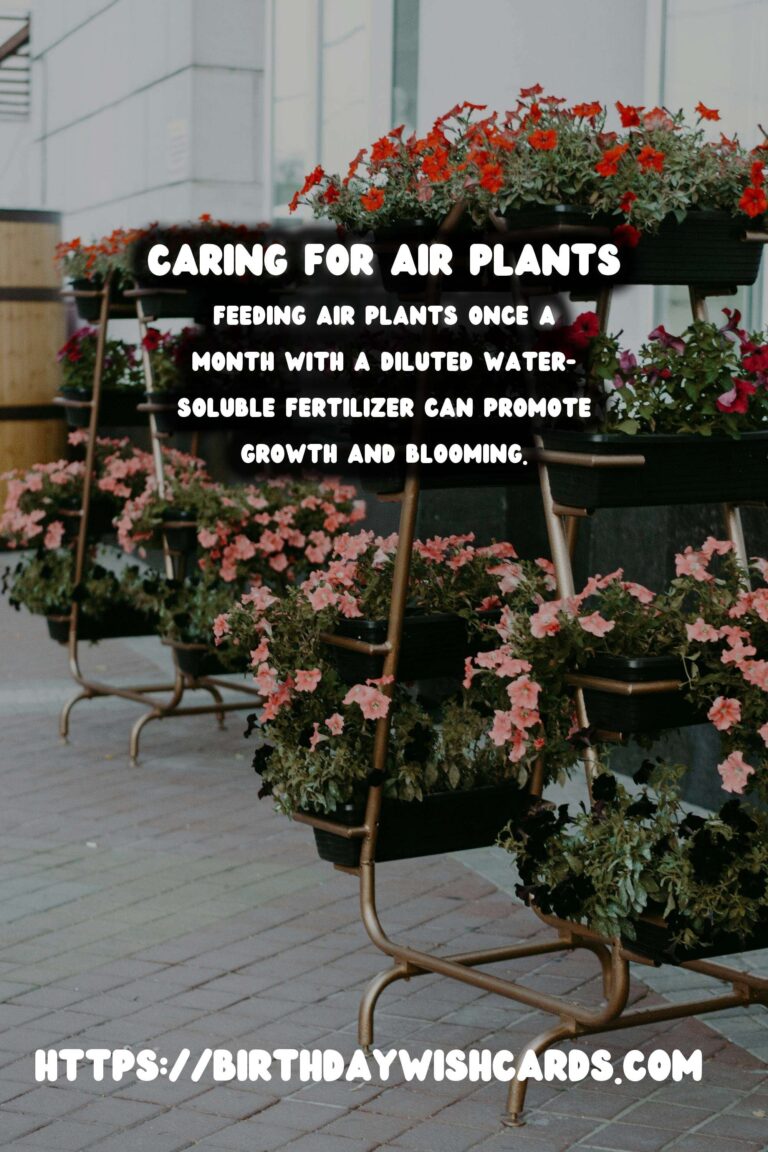
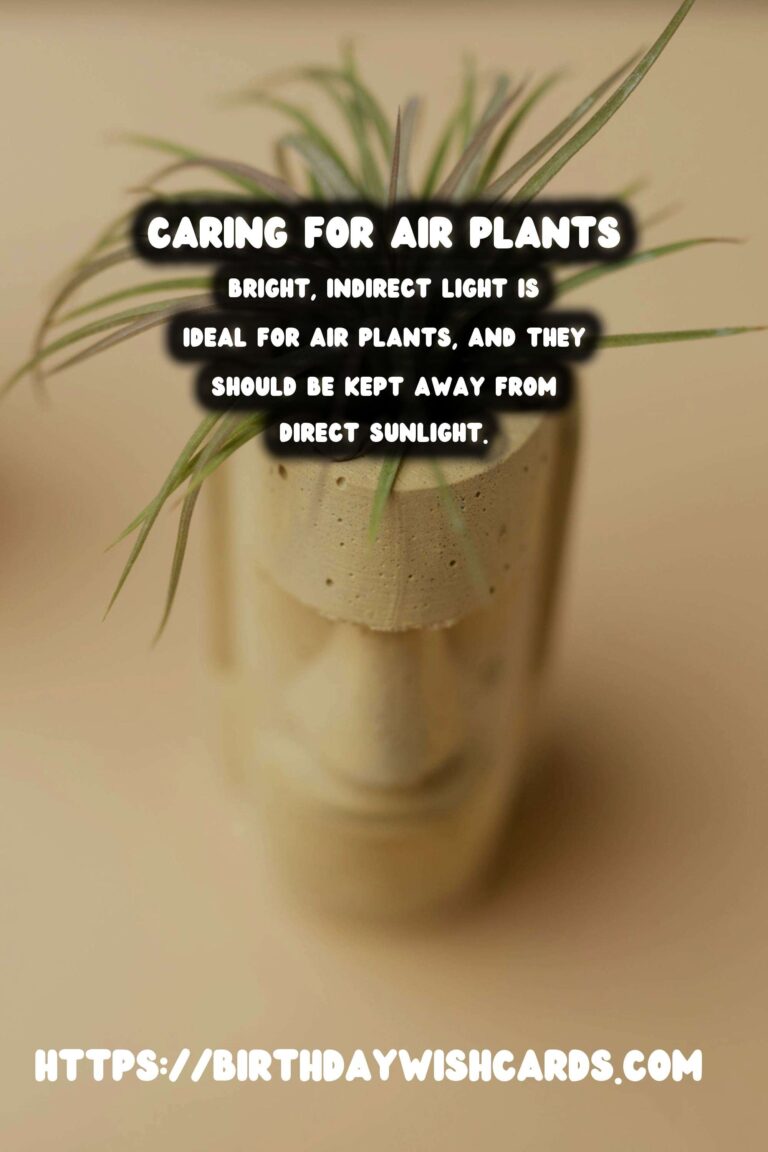

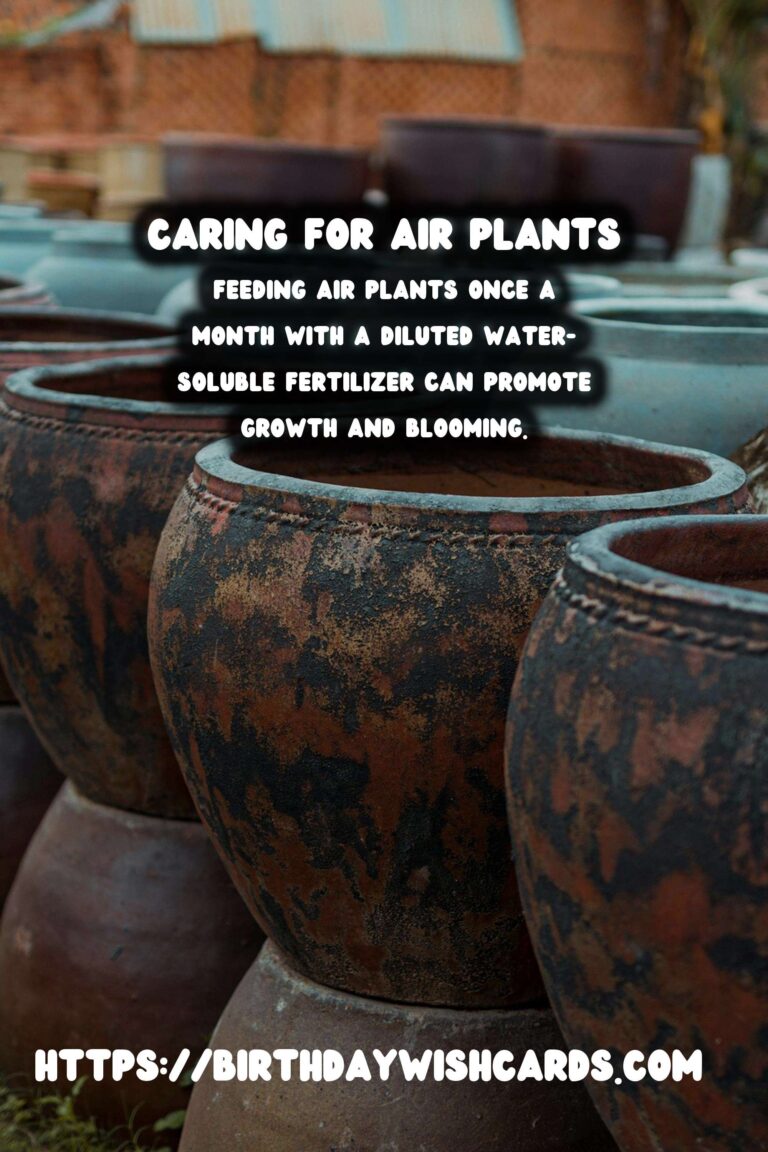
#AirPlants #PlantCare #IndoorGardening #Houseplants #Tillandsia




